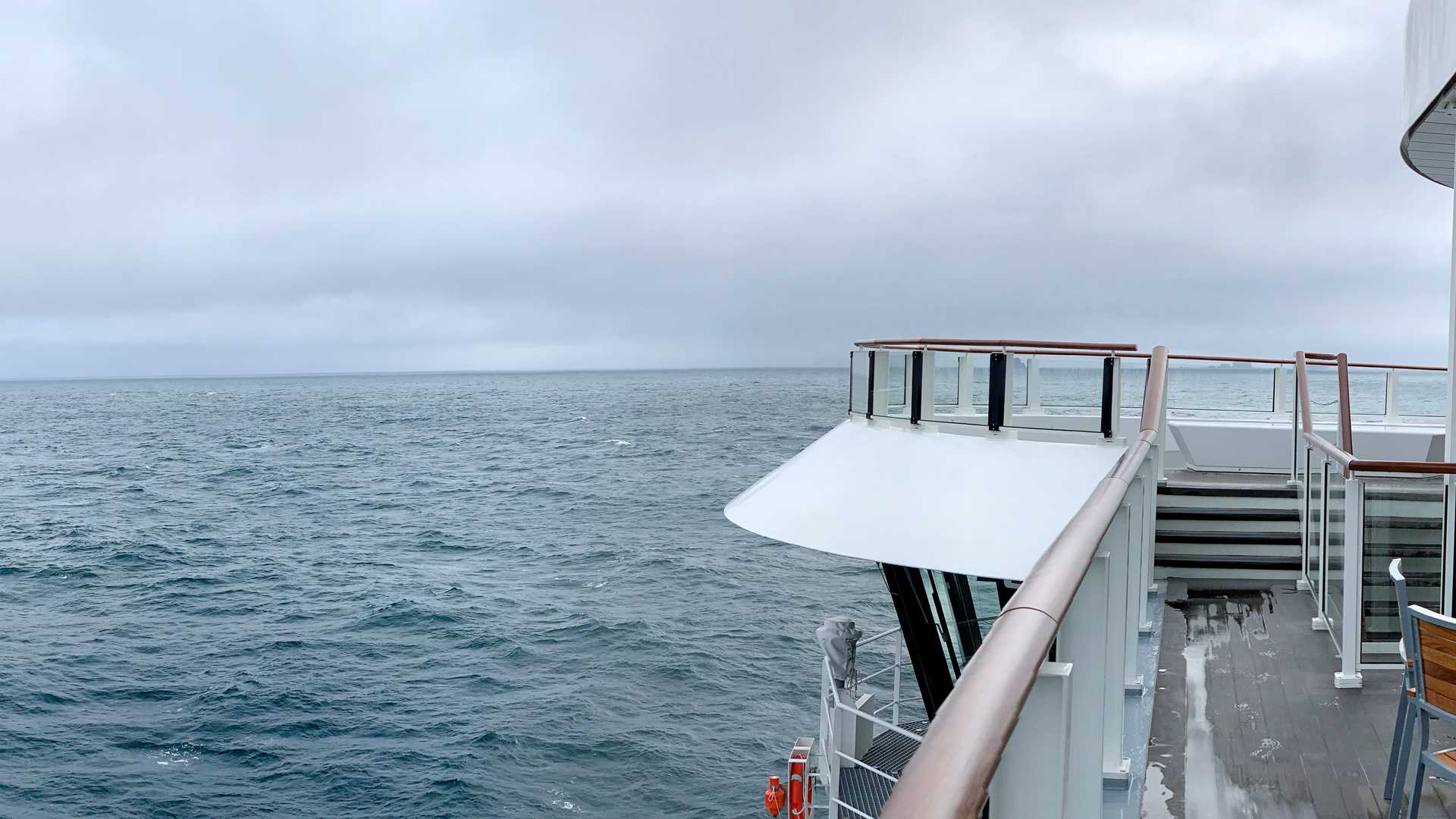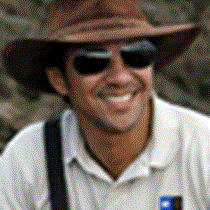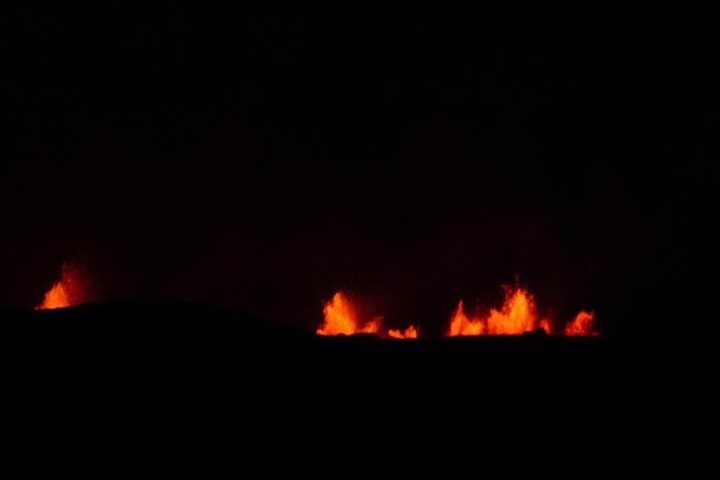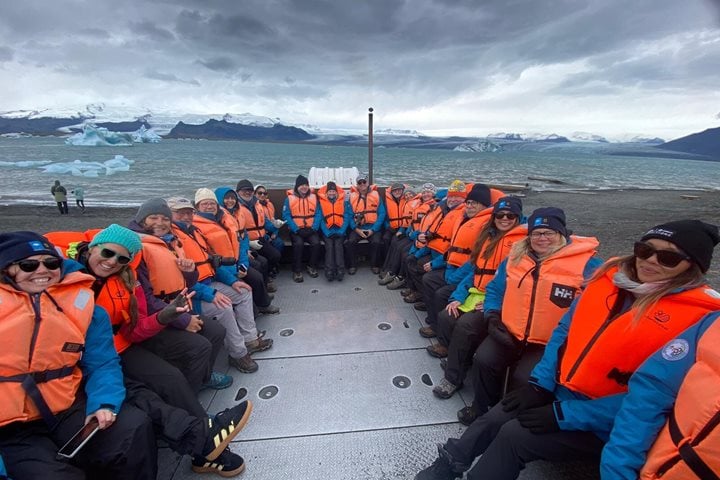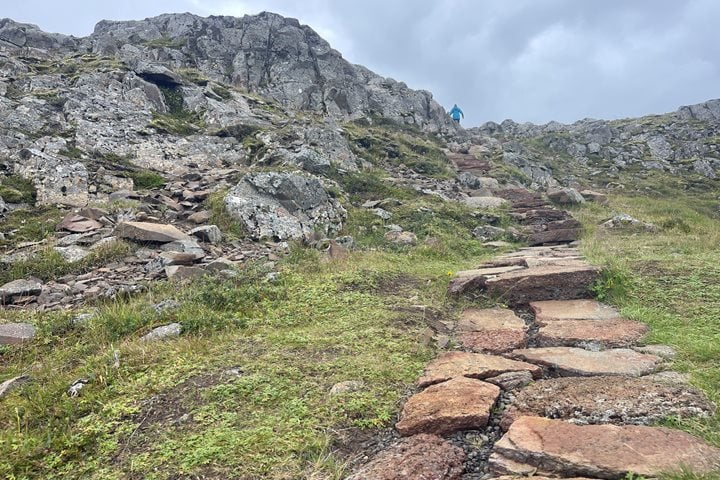During the early hours of the morning, the National Geographic Endurance sailed off the southwest coast of Iceland, heading towards the Westman islands. This archipelago is formed by fifteen main islands, but only one of them is inhabited with a population of more than 4,000 people.
Our arrival was estimated for the late morning, so we spent our shipboard time attending presentations and even touring the unique art displayed throughout the ship.
After circumnavigating Surtsey Island (one of the youngest islands on the planet), we made our dramatic entry to a bay once threatened by the volcanic explosion of Eldfell volcano in 1973. The narrow bay was the perfect excuse for the captain to show the capabilities and maneuverability of the National Geographic Endurance. With a powerful Azipod gearless 360° steerable propulsion system, the ship can rotate 180 degrees in only a matter of seconds and aim for a perfect docking experience!
Once well fed by our hotel and galley crew, we set off to explore Eldfell volcano itself and various other key points of the Island. Although the geology of Heimaey was the highlight of the day, the cuteness of puffin chicks (known as pufflings) stole everyone’s attention when a few locals requested safe passage for several young birds to the open sea.
It is this time of the year when pufflings are ready to head to sea. However, there are always a good number who get confused and end up inland, mistakenly attracted to the city lights. Locals of all ages set off with the task of finding these young birds to keep them safe until they find willing volunteers from ferries, tour ships, and fishing boats to take them to open waters to release them. We were delighted to be chosen for such a task, and once at sea, several pufflings were released under the cheerful voices of encouragement from our guests for the young birds to have a happy and healthy life, and for their safe return to these grounds five years from now!

